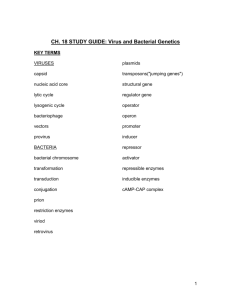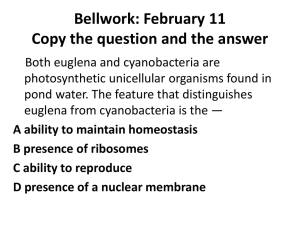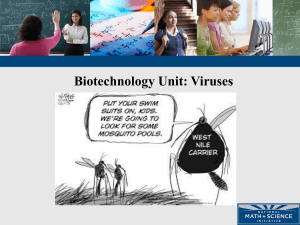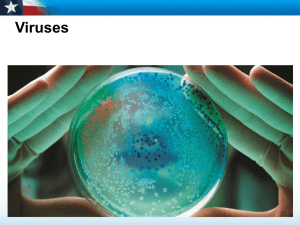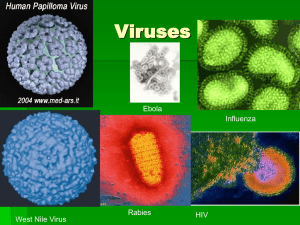13. C 14. D 10. D 12. C
advertisement
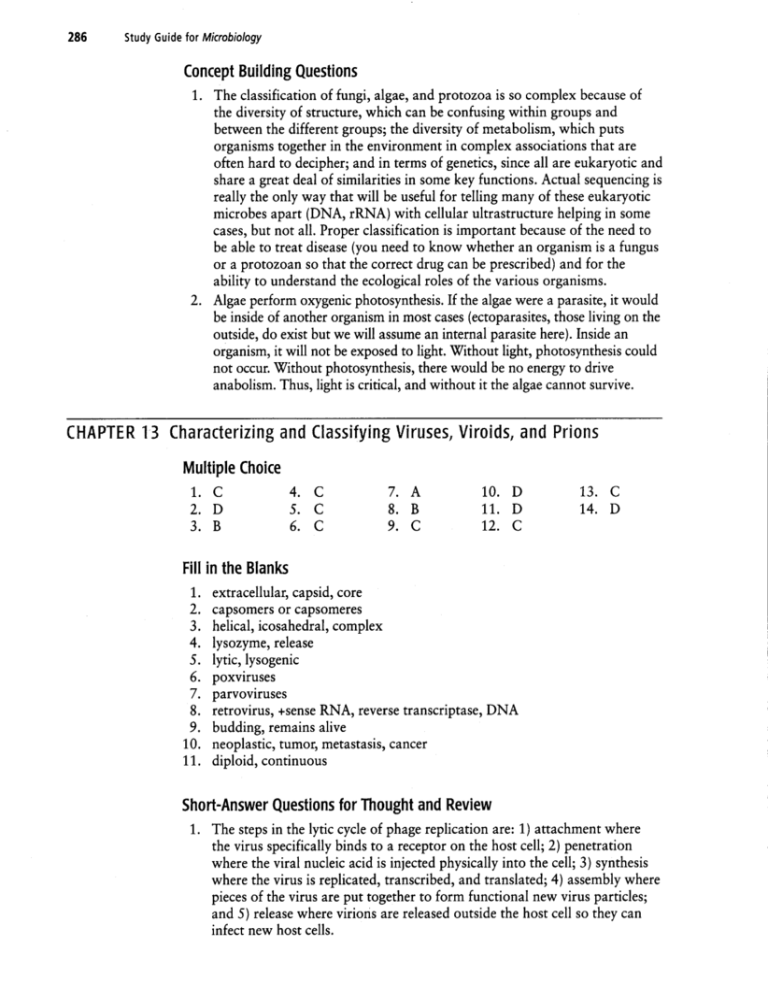
286 Study Guide for Microbiology Concept Building Questions 1. The classification of fungi, algae, and protozoa is so complex because of the diversity of structure, which can be confusing within groups and between the different groups; the diversity of metabolism, which puts organisms together in the environment in complex associations that are often hard to decipher; and in terms of genetics, since all are eukaryotic and share a great deal of similarities in some key functions. Actual sequencing is really the only way that will be useful for telling many of these eukaryotic microbes apart (DNA, rRNA) with cellular ultrastructure helping in some cases, but not all. Proper classification is important because of the need to be able to treat disease (you need to know whether an organism is a fungus or a protozoan so that the correct drug can be prescribed) and for the ability to understand the ecological roles of the various organisms. 2. Algae perform oxygenic photosynthesis. If the algae were a parasite, it would be inside of another organism in most cases (ectoparasites, those living on the outside, do exist but we will assume an internal parasite here). Inside an organism, it will not be exposed to light. Without light, photosynthesis could not occur. Without photosynthesis, there would be no energy to drive anabolism. Thus, light is critical, and without it the algae cannot survive. CHAPTER 13 Characterizing and Classifying Viruses, Viroids, and Prions Multiple Choice 1. c 2. D 3. B 4. 5. 6. C C C 10. D 7. A 8. B 11. D 9. C 12. C 13. C 14. D Fill in the Blanks 1. 2. 3. 4. 5. 6. 7. 8. 9. 10. 11. extracellular, capsid, core capsomers or capsomeres helical, icosahedral, complex lysozyme, release lytic, lysogenic poxviruses parvoviruses retrovirus, +sense RNA, reverse transcriptase, DNA budding, remains alive neoplastic, tumor, metastasis, cancer diploid, continuous Short-Answer Questions for Thought and Review 1. The steps in the lytic cycle of phage replication are: 1) attachment where the virus specifically binds to a receptor on the host cell; 2) penetration where the viral nucleic acid is injected physically into the cell; 3) synthesis where the virus is replicated, transcribed, and translated; 4) assembly where pieces of the virus are put together to form functional new virus particles; and 5) release where virions are released outside the host cell so they can infect new host cells. Answers to Study Guide Questions 287 2. The key difference between the lytic and lysogenic cycles is that in lysogeny, following attachment and penetration, the viral nucleic acid physically integrates into the host genomic material as a prophage. It remains in the genomic material, repressed and not expressing, until something triggers the end of lysogeny. At this point, the prophage excises itself from the genome and resumes a normal lytic cycle. 3. The differences between phage replication and the replication of an enveloped animal virus are: 1) penetration involves physical injection of DNA in phages and fusion or phagocytosis in animal viruses; 2) animal viruses have to go through an uncoating step to remove the capsid following penetration; 3) synthesis in animal viruses can be either in the nucleus or cytoplasm whereas phages always replicate in the cytoplasm (because there is no nucleus); and 4) lytic phages destroy the cell by lysis during release while enveloped viruses leave the cell by budding. 4. The two major differences between latency and lysogeny are: 1) the prophage always integrates into the host genome but a provirus does not always do so in latency; and 2) if a provirus integrates it is permanent, it will never excise as a lysogenic prophage will. Critical Thinking 1. Dichotomous keys are essentially based on physical or metabolic attributes of the organisms being identified. Viruses are similar morphologically and have no metabolism. You could use genetic sequences or replication cycles perhaps to create a key, but these would not be useful to someone attempting to simply identify a virus for diagnostic purposes. 2. The individual would most likely end up with a viral infection first because the viruses will replicate at a much higher rate than the bacteria will. More viruses means more damage and illness sooner than with the bacteria. 3. If an enveloped virus loses its envelope it will not be able to infect a new cell. The viral spike proteins would be missing (no envelope) and therefore the virus would have nothing to use to attach to the new host cell. 4. From easiest to hardest: dsDNA, ssDNA, +ssRNA, dsRNA, -ssRNA. Minus sense RNA is the genome type that will have the hardest time coming up with mRNA for translation. S. Viroids and prions have even fewer "life" characteristics than viruses. Viroids are RNA and nothing else, and prions are proteins and nothing else. Viroids can't replicate on their own at all, can't do anything outside the cell, and appear to code for nothing specific. Prions are mutant proteins that change other proteins and don't carry the genetic change to new hosts. Neither metabolizes, neither can take over a cell, and so aren't even really good parasites. Concept Building Questions 1. Viral proteins interact with host receptors to initiate attachment. Very specific interactions lead to very specific host cell requirements and a narrow range of cell types infected. General interactions lead to less specific host cell requirements and a broad range of cell types infected. Specific interactions are mediated by structural interactions between virus and host as well as specific weak bonding. The more bonds formed, the better the 288 Study Guide for Microbiology structural fit, the fewer "extra" associations that can happen, thus making the fit very specific. Fewer bonds and less precise structural interactions lead to more "extra" associates and a less specific fit. 2. Lysogenic prophages are by default DNA since they can integrate into the bacterial genome. DNA structurally is no different whether one is looking at a DNA virus, a bacterium, or an animal cell. Sequences differ such that each organism makes different proteins, etc., but there is nothing inherent in the sequence to identify viral genes from host genes. Thus, structurally, there is no difference between DNA from different organisms and no way to detect the presence of foreign DNA inside a host cell (except by sequencing everything and trying to sort between them, an almost impossible task). For a lysogenic phage, the only "cure" is to force the virus to excise, hopefully intact, and then capture the excised pieces and remove them. Such a cure increases the chance of death for the cell, since once excised the virus will quickly initiate replication which will destroy the cell. Latent animal virus infections can never be cured because there is no way to stimulate excision from the genome.


